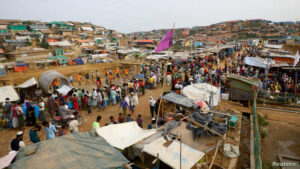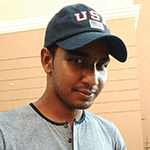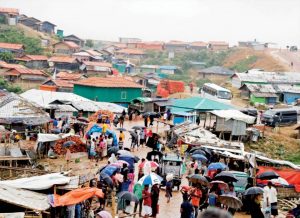When I saw this headline (below) this morning, I figured this was it—COVID-19 was running like a “wildfire” through the largest refugee camp in the world—Cox’s Bazar—where reports say that a million “vulnerable” Muslim Rohingya live check to jowl in filthy conditions—a prime location for coronavirus “carnage.”
From Devex:
As COVID-19 deaths rise in Cox’s Bazar, is increased testing enough?
Regular readers know that I have been following the dire warnings now for months about the “catastrophe” the international humanitarian community and the mainstream media has been predicting for Cox’s Bazar and other large refugee camps around the world.

See my previous post here about the first Chinese Virus death in the camp.
Now here is the story about how the deaths have been rising (remember the first case of Covid was reported a month ago)—rising to two!
MANILA — Bangladesh has reported a second death due to COVID-19 in the Rohingya refugee community in Cox’s Bazar on Tuesday along with five new positive cases.
[….]
Bangladesh has put areas of Cox’s Bazar on lockdown over the weekend. Cases in the district have gone over 1,000, according to the latest government data. However, only a small percentage comes from the refugee community in Cox’s Bazar, where 35 cases have been reported to date since the first one was confirmed last May 14.
So much for modeling out of Johns Hopkins!
An earlier modeling analysis by Johns Hopkins University in March projected that a single case there could lead to an estimated 119-504 cases under a low- to high-transmission scenario in the first 30 days.
“The numbers are not rising as we had feared. However, all the conditions are present for an extremely serious situation for one of the most marginalized people groups in the world,” Matt Ellingson, director of relief and humanitarian affairs at Food for the Hungry, told Devex last week.
We will be watching and reporting on this important test area for the value (or lack of value) of social distancing.
The best way to see my previous posts on the virus at Cox’s Bazar is to see my Rohingya Reports category where I have archived all of my posts for the last dozen years about Rohingya refugees.




